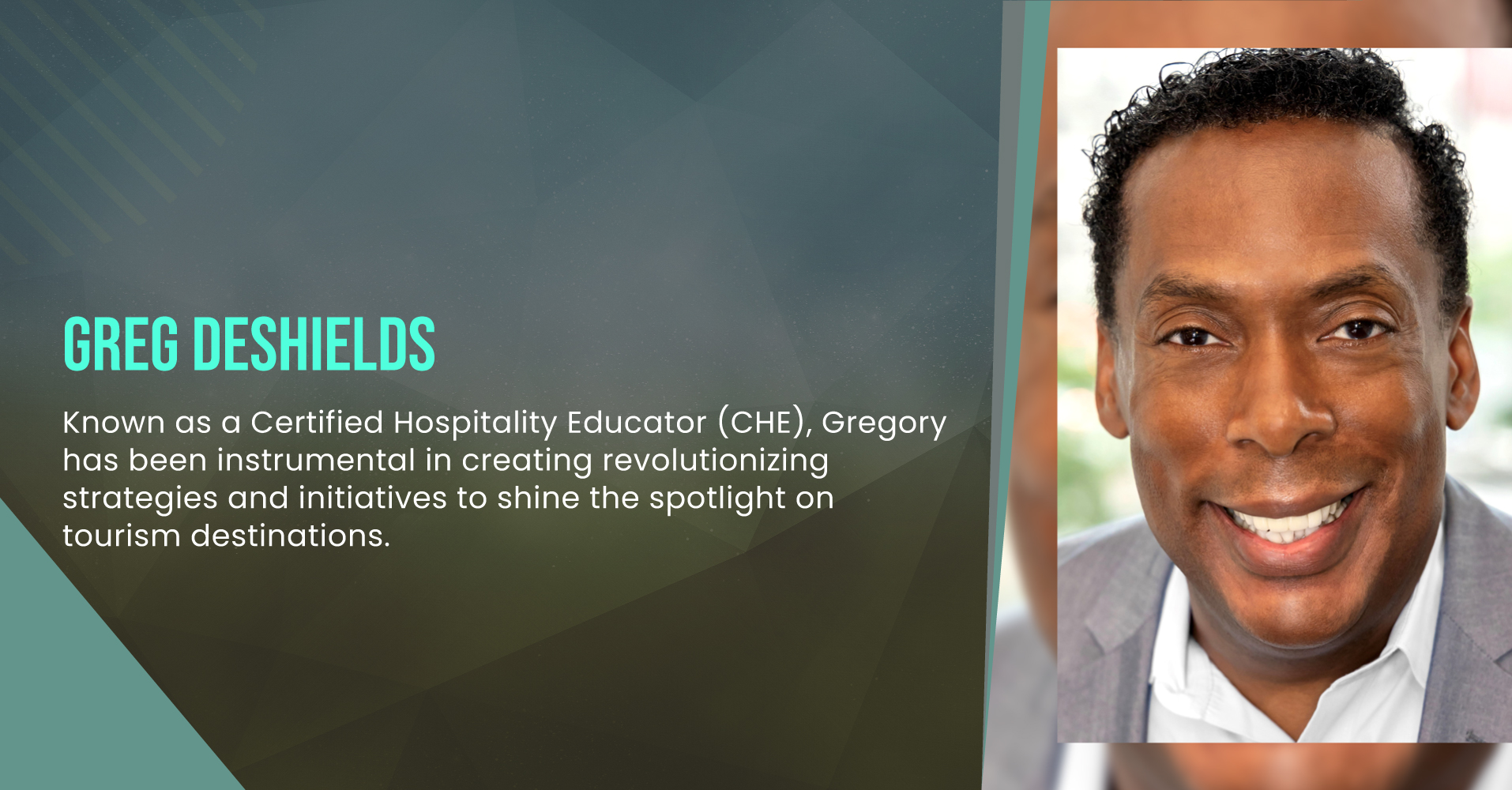
In today’s ever-evolving global marketplace, the emphasis on diversity and inclusion within organizations has never been more pronounced. A Certified Diversity Executive (CDE) plays a crucial role in steering companies towards a more inclusive and equitable environment. This role is not merely about fulfilling legal or ethical requirements; it is about harnessing the power of diversity to drive innovation, enhance employee engagement, and improve overall business performance. This article explores the multifaceted role of a Diversity Champion, mainly through the lens of a Certified Diversity Executive, and how they shape corporate cultures, drive business strategy, and impact the bottom line.
Understanding the Role of a Certified Diversity Executive
A Certified Diversity Executive is typically a senior-level leader responsible for designing, directing, and enhancing the diversity and inclusion strategies of an organization. Unlike diversity officers who may focus on compliance or specific programs, CDEs are often involved in integrating diversity into the broader strategic goals of an organization. Their work consists of a mixture of strategy development, leadership, stakeholder engagement, policy-making, and education.
Certification for diversity executives, such as the CDE credential offered by the Institute for Diversity Certification (IDC), signifies a high level of expertise and commitment to diversity practices across various organizational levels. This certification ensures that executives have a thorough understanding of key diversity dynamics and are equipped with the strategies to foster an inclusive workplace.
Strategic Leadership and Vision
One of the primary roles of a Certified Diversity Executive is to provide strategic leadership. This involves setting a clear vision for what diversity and inclusion should look like within the organization. It’s not just about increasing the numerical representation of different groups; it’s about creating a culture where diverse perspectives are valued and leveraged for organizational success. CDEs work closely with senior management and board members to align diversity strategies with business objectives, ensuring that they add tangible value.
Driving Cultural Change
Changing an organization’s culture to one that truly embraces diversity and inclusion is perhaps one of the most challenging aspects of a CDE’s job. This involves more than just implementing policies; it requires reshaping corporate norms and behaviors. Diversity executives must work to dismantle any existing biases and barriers that hinder inclusivity. This often involves comprehensive training programs, regular assessments of organizational culture, and the development of communication strategies that promote an understanding of diversity’s benefits across all levels of the company.
Stakeholder Engagement
Engaging various stakeholders is crucial for the success of diversity initiatives. Certified Diversity Executives must therefore excel in communication and relationship-building skills. They need to work not only with employees at all levels but also with external stakeholders like suppliers, customers, and community organizations. Their role involves advocating for diversity and inclusion both within and outside the organization, creating partnerships that enhance corporate reputation and contribute to broader societal change.
Policy Development and Implementation
CDEs are also instrumental in developing and implementing effective diversity policies. These policies must be comprehensive, addressing multiple aspects of diversity including race, gender, age, sexual orientation, disability, and more. Moreover, they need to be flexible enough to adapt to changing demographics and societal norms. Effective policy development also includes setting up mechanisms for monitoring and evaluating the impact of these policies on the organization’s culture and performance.
Education and Training
Another critical area of responsibility for Diversity Executives is education and training. They must ensure that all employees understand the importance of diversity and inclusion and are equipped to contribute positively to an inclusive environment. This often involves regular training sessions, workshops, and seminars that help employees recognize unconscious biases, understand the experiences of their colleagues, and learn how to communicate respectfully with people from diverse backgrounds.
Measuring Success
To gauge the effectiveness of diversity initiatives, CDEs must establish clear metrics and benchmarks. This includes qualitative and quantitative measures such as employee satisfaction surveys, retention rates of minority groups, and the representation of diverse groups in leadership positions. Regular reporting on these metrics helps maintain transparency and allows for the tweaking of strategies as needed.
Challenges and Opportunities
While the role of a Certified Diversity Executive is filled with opportunities to make a significant impact, it also comes with its set of challenges. Resistance to change is perhaps the biggest obstacle. Changing long-standing beliefs and behaviors can be a slow and difficult process. However, by consistently demonstrating the business value of a diverse and inclusive workforce, CDEs can help to shift mindsets and encourage more widespread acceptance and implementation of diversity practices.
The role of a Certified Diversity Executive is complex and dynamic. It requires a deep understanding of societal and organizational dynamics, as well as the ability to lead and inspire change. As companies continue to recognize the immense benefits of a diverse and inclusive workforce, the demand for skilled diversity executives is likely to grow. Those who are up to the challenge will find themselves at the forefront of a transformative movement, shaping not just their organizations but influencing the broader business landscape and society at large.